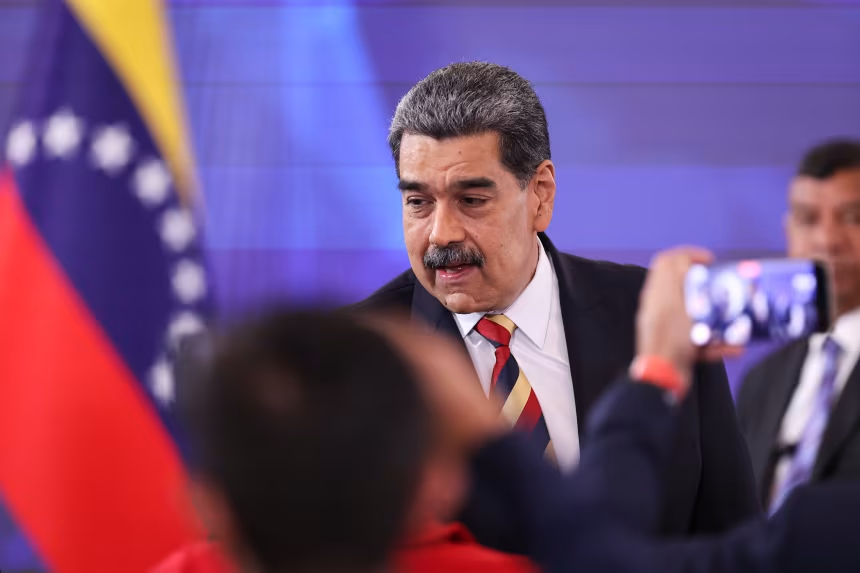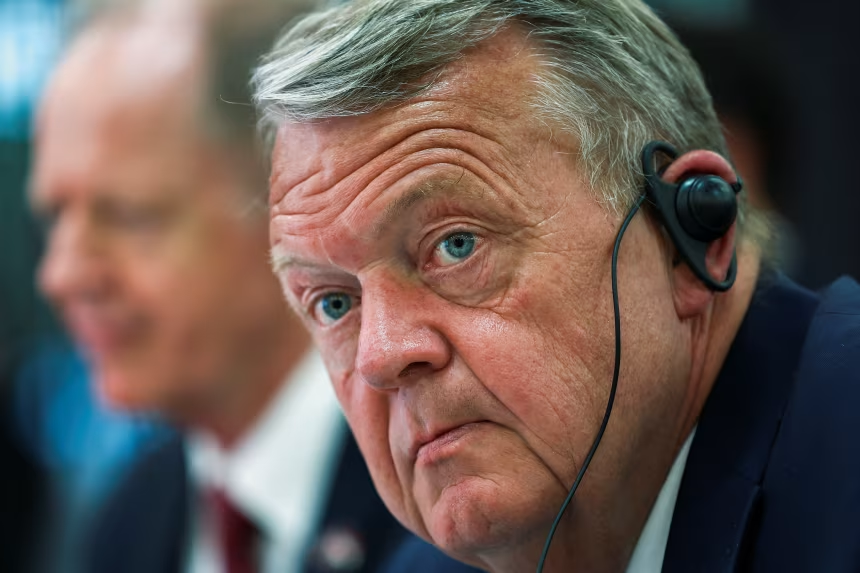Tensions between Washington and Caracas are escalating rapidly after a series of military confrontations in the southern Caribbean. The latest flashpoint came on September 4, 2025, when two Venezuelan F-16 fighter jets flew dangerously close to the U.S. Navy destroyer USS Jason Dunham. The Pentagon condemned the maneuver as “highly provocative” and warned against any interference in ongoing operations.
This incident follows a U.S. strike two days earlier on a speedboat the Pentagon claims was tied to Tren de Aragua, a Venezuelan criminal network recently labeled a terrorist organization by Washington. According to U.S. military officials, the strike killed 11 people. However, Venezuela strongly disputes this account, accusing the U.S. of fabricating evidence and threatening its sovereignty.
The confrontation is part of a wider U.S. military build-up in the Caribbean. In mid-August, Washington deployed three Aegis-equipped destroyers, an amphibious squadron, surveillance aircraft, and even a nuclear submarine to the region, along with more than 4,000 sailors and marines. U.S. officials say the mission is to combat narco-terrorism, but critics see it as a show of force aimed directly at Venezuelan President Nicolás Maduro.
Caracas has responded with defiance, mobilizing its armed forces and denouncing the U.S. actions as preparations for aggression. For its part, Washington has doubled down, placing a $50 million bounty on Maduro and vowing to “wage wars” on criminal groups operating under his government’s protection.
The standoff raises serious concerns of further escalation. A clash between U.S. and Venezuelan forces could destabilize the wider region, disrupt energy trade routes, and deepen the political and humanitarian crisis already facing Venezuela. With both sides refusing to back down, the Caribbean has become the latest flashpoint in the growing struggle between Washington and Caracas.





